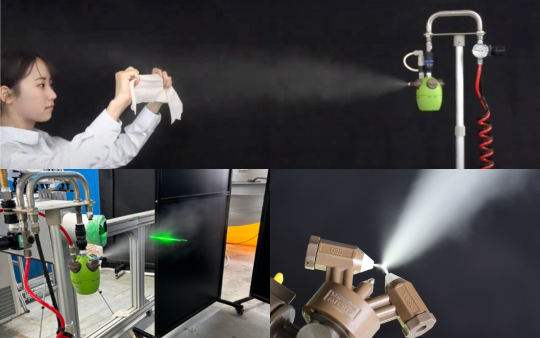
How Small Is A Micron? | Dry Fog Droplet Diameter | Real Life Comparisons


At first glance, your morning espresso, a vintage acoustic guitar, and a state-of-the-art electronics cleanroom might seem worlds apart. One fuels your day, another sings melodies, and the third powers modern technology.
But all three share a surprisingly fragile relationship with an invisible force: humidity.
Coffee is highly sensitive to moisture, and not just in your cup. From harvest to roast, every step is influenced by ambient humidity:
In short: too little or too much moisture, and you’ve lost the nuance in that Ethiopian single-origin.
Wood is hygroscopic — it absorbs and releases moisture depending on the air. That’s bad news for precision-crafted instruments like guitars.
That’s why musicians store their instruments with humidifiers or desiccant systems, essentially tiny cleanrooms for tone.
Now scale that sensitivity up to a multi-million-dollar facility. Cleanrooms in industries like semiconductor manufacturing or aerospace assembly demand precise humidity control for:
Humidity control here isn’t about comfort, it’s about avoiding catastrophic failure.
What links all these industries is not just the importance of humidity, but the growing shift toward precision humidification, particularly dry fog systems.
Dry fog’s ultra-fine droplets (<10 microns) evaporate instantly, allowing even coverage, zero surface wetting, and automated control, a revolution for any environment where too much or too little humidity can destroy value.
Whether it’s preserving the aroma of coffee, the tone of an instrument, or the integrity of a microchip, humidity is a hidden variable with very visible consequences. And across industries, innovators are recognizing that traditional humidifiers don’t cut it anymore.
Dry fog systems offer a common solution to an uncommon trio of challenges. Because when you need precision — in flavor, frequency, or function — the air around you matters more than you think.
